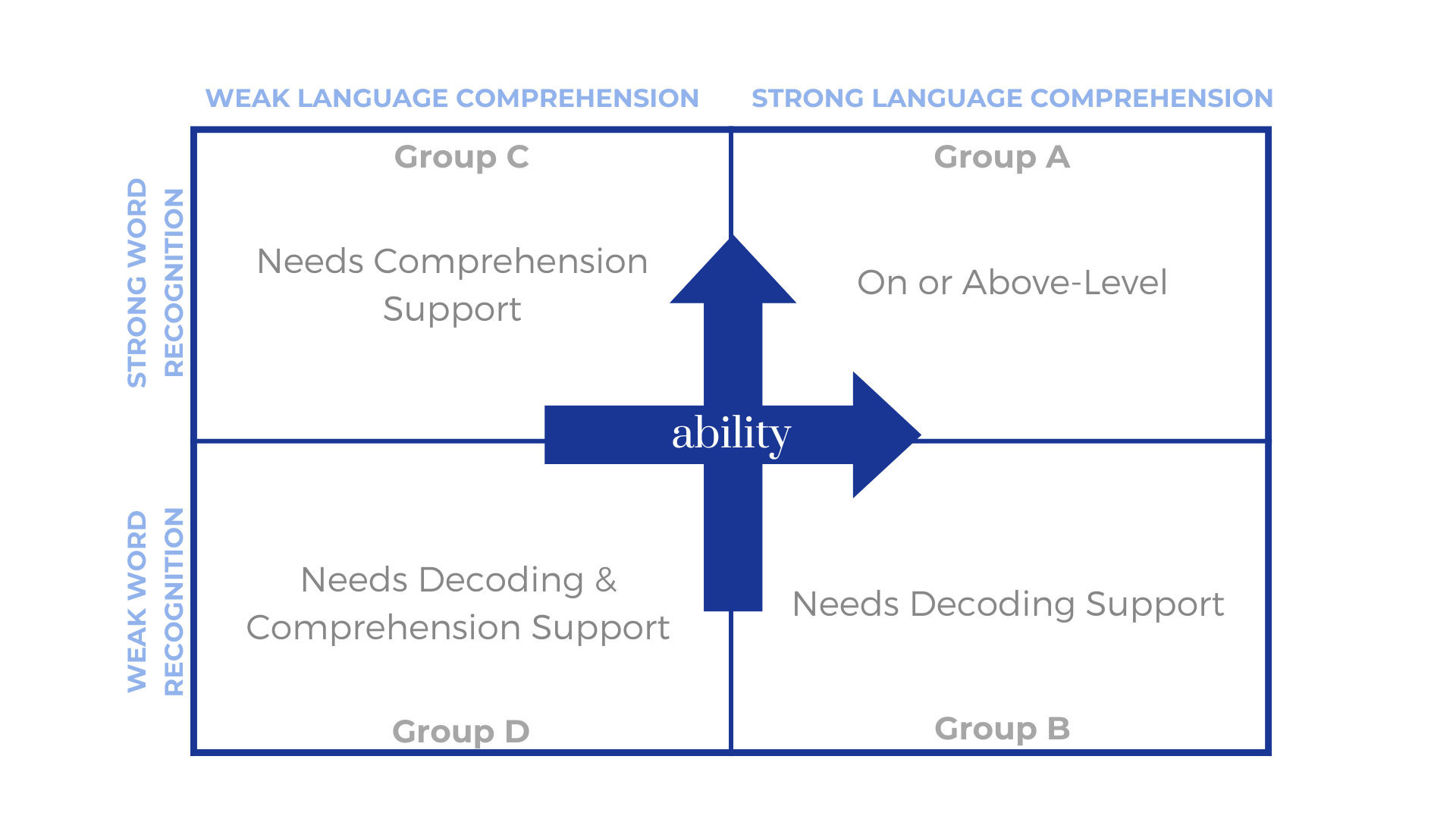Dyslexia & Co-Occurring Difficulties
Dyslexia is a language-based learning difference that primarily affects reading and spelling, but it rarely exists in isolation. Many students with dyslexia also experience difficulties in other areas, from language and attention to mathematics and social-emotional well-being.
Understanding these co-occurring challenges is essential for supporting the whole child. Let’s look at four of the most common areas where dyslexic students may need additional help.
Dyslexia & Language Struggles
Because dyslexia impacts the language-processing centers of the brain, it’s not unusual to see broader language difficulties. Two areas are especially important:
Phonology (the ability to process sounds within language)
Language comprehension (understanding vocabulary, grammar, and meaning)
When phonology is weak but comprehension is relatively strong, students often fall into the profile we think of as dyslexic. But some students also experience broader language weaknesses that affect both reading and oral comprehension.
Recognizing the full scope of a child’s language profile is critical for tailoring effective intervention.
Dyslexia & Attention Struggles
Research suggests that as many as 50% of students with dyslexia also struggle with attention.
It’s important to note that attention difficulties don’t always mean an ADHD diagnosis. Sometimes, what looks like inattention (fidgeting, daydreaming, frustration) is actually a natural response to the effort of sustained reading and writing tasks.
Here are a few indicators that may point to a true attention difficulty, beyond dyslexia alone:
Weak working memory and poor retention of information
Stronger reading comprehension than listening comprehension (suggesting a working memory issue)
Distracted or hyperactive behavior across many settings (even in subjects where the child excels)
In practice, it can be difficult to separate dyslexia from attention difficulties. That’s why providing supports like graphic organizers, visual schedules, and clear task breakdowns is best practice for all students with dyslexia.
Dyslexia & Mathematics Struggles
While many students with dyslexia excel in math, others struggle — especially when language demands increase. Math has its own symbols, vocabulary, and sequencing requirements, which can overlap with dyslexia-related challenges.
Some common areas of difficulty include:
Math fact fluency (due to memory and symbol association challenges)
Sequencing multi-step problems (similar to struggles with days of the week or months of the year)
Word problems (decoding the text and translating it into an operation)
These challenges don’t mean a child “can’t do math.” Rather, they highlight the importance of targeted strategies and supports that account for both the language and sequencing demands of mathematics.
Dyslexia & Social-Emotional Well-Being
Perhaps the most overlooked impact of dyslexia is on a child’s confidence and mental health.
Because school relies so heavily on reading and writing, students with dyslexia may begin to feel:
Ineffective or “not smart” (despite having average or above-average intelligence)
Frustrated by repeated struggles
Anxious about reading aloud or completing assignments
Hopeless about their ability to succeed in school
This daily experience can feel like “showing up to a job you’re not good at, and not being able to quit.” Over time, this can lead to anxiety, depression, or shutting down academically.
That’s why early identification and intervention are critical, not only for academic growth, but for protecting a student’s sense of self-worth.
So there you have it,
Dyslexia is never just about reading words on a page. It touches many parts of a student’s life; language, attention, math, and social-emotional well-being.
When educators and parents look at the whole child, they are better equipped to put the right supports in place and help students thrive both inside and outside the classroom.
Want to Learn More?
If you’d like to take a deeper dive into what dyslexia really looks like (including how to recognize the signs across ages and how to support students with both academic and social-emotional needs) we’d love for you to check out our on-demand training:
👉 What Dyslexia Really Looks Like: From Identification to Intervention
This training will give you practical tools and the confidence to better support students with dyslexia at every stage of their learning journey.



